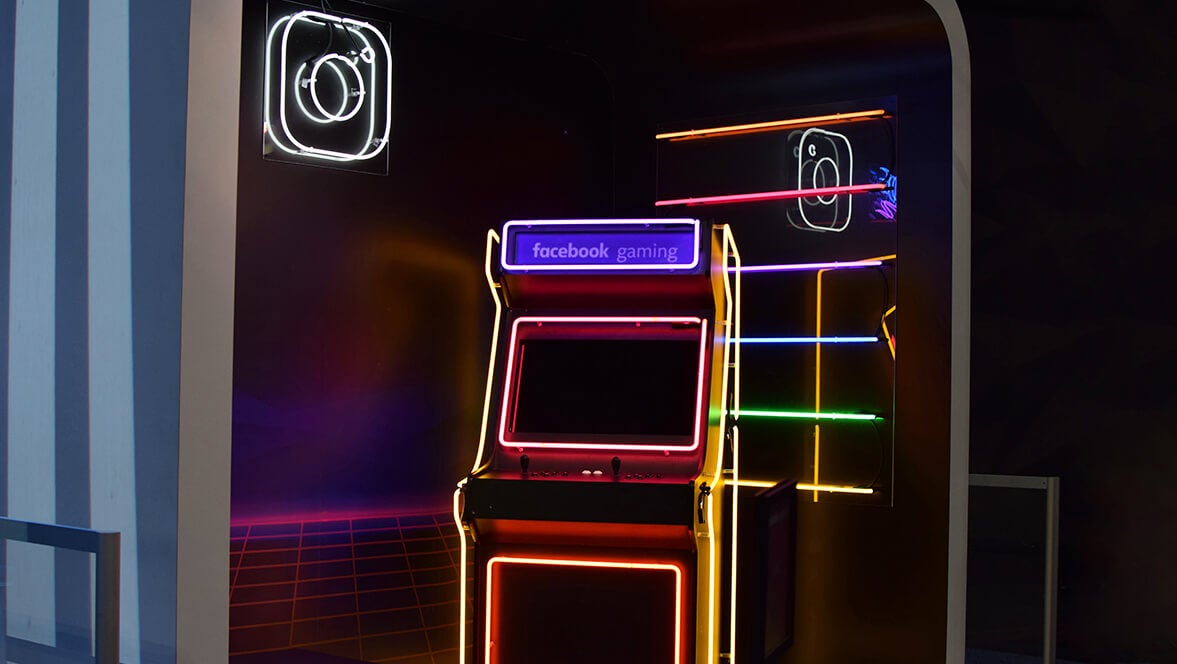
Gamification in a mobile-marketing context is about engaging your customers in a unique and entertaining way so that specific business goals can be achieved. Nivasha Pillay, Client Partner at Vizeum South Africa, encourages marketers to play the game
Seven months ago we knew that digital media was transforming the media industry, but we had no idea that during the coronavirus pandemic brands would become more open to digitisation at an unbelievable rate.
In 2019 when Statista released its video games in South Africa report, detailing the expected growth of the gaming industry in South Africa, the report predicted that by 2023 the gaming industry will have achieved a net worth of R5.4 billion. Suddenly, all eyes were on key market players and how they were entering this media space.
What is gamification?
Many digitally led brands are seeing the advantages of incentivising consumers with rewards when they complete even the most mundane tasks. This encourages participation and creates higher brand favourability through a moment of exchange between a user and a brand – seemingly a fair trade for all parties.
Gamification drives a culture of reward, based on long- or short-term brand goals. This feeling of ‘being rewarded’ fulfils the need for instant gratification, which is the ultimate carrot-and-stick strategy.
In South Africa, the adoption of gamification into marketing efforts is increasing at a steady pace, and brands are moving swiftly to take advantage of this opportunity. Gamification strategies have shown great rewards for consumers and brands.
Access to new audiences and customer data
Who doesn’t want to capitalise on the acquisition of customer data in a time when cookies are slowly becoming obsolete? This new marketing channel allows for more revenue streams and more consumer touchpoints, which can all be mined for data.
Brand engagement
There are many obvious customer-engagement benefits to gamification. In addition, customer retention and community building are also improved by increased brand interaction.
Exposes priority consumers
By giving those who have grown up in the digital era (namely Gen Z-ers and Millennials) exactly what they want, which is bite-sized, engaging and interactive media, brands are now becoming more desirable to an interested audience.
Higher mobile-marketing penetration
When used correctly, gamification can create ‘worthy’ experiences and assist in driving social sentiment, which gives brands a more competitive edge. Granted, these benefits are just the surface of what brands and consumers can expect from a game-inspired marketing strategy, so it would be a missed opportunity if more brands didn’t harness the potential of this phenomenon.
Who is playing the game well?
Telkom South Africa ‘gamified’ their recharging platform to educate users on how to recharge during their 2018 summer promotion. This was an absolute hit with the intended consumer segment and boosted the brand’s profile, which saw an almost immediate uplift in sales.
BMW South Africa brought to life their BMW M Festival in 2019 by creating an immersive e-gaming experience with one of the most-played arcade racing games (Asphalt 9) to encourage people to attend the M Festival.
While gamification continues to grow, it is safe to say that many brands will continue to find new ways to innovate in this space and bring UX closer to media planning.
Ready, Player One

Clare Trafankowska, Managing Director of iProspect
‘Many people still appear quite surprised when I volunteer that I consider myself to be an “avid gamer”; demonstrating that misconceptions around gaming audiences do still exist. My introduction to “gaming” started rather traditionally with my father teaching us finance skills at an early age through Monopoly. (In my early teens, we had a yearly rolling game, with my father charging us monthly interest on all of our properties!)
‘My need for escapism hasn’t changed, but over the last 20 years, however, my rationale, choice of game, as well as access points have certainly evolved. I’ve moved on from being a PC-based, first-party fantasy (Diablo) player during my varsity days to a majority mobile-based enthusiast who has been known to regress, albeit through the more modern Xbox console.
‘Where escapism once meant immersing myself in a surreal and imaginative supernatural world for hours, I now find myself turning to interior- and fashion-design-themed games like Covet Fashion as a way of stilling an overactive mind and unwinding towards the close of my day.
‘Covering a broad spectrum of themes and addressing a variety of need states, gaming is a truly immersive experience and affords the opportunity of a unique and personal interaction with a potential consumer, and one that has a far more subliminally receptive mindset than its more obtrusive counterparts. Gamification as a channel still remains untapped and should be given due consideration where strategically sound.’

